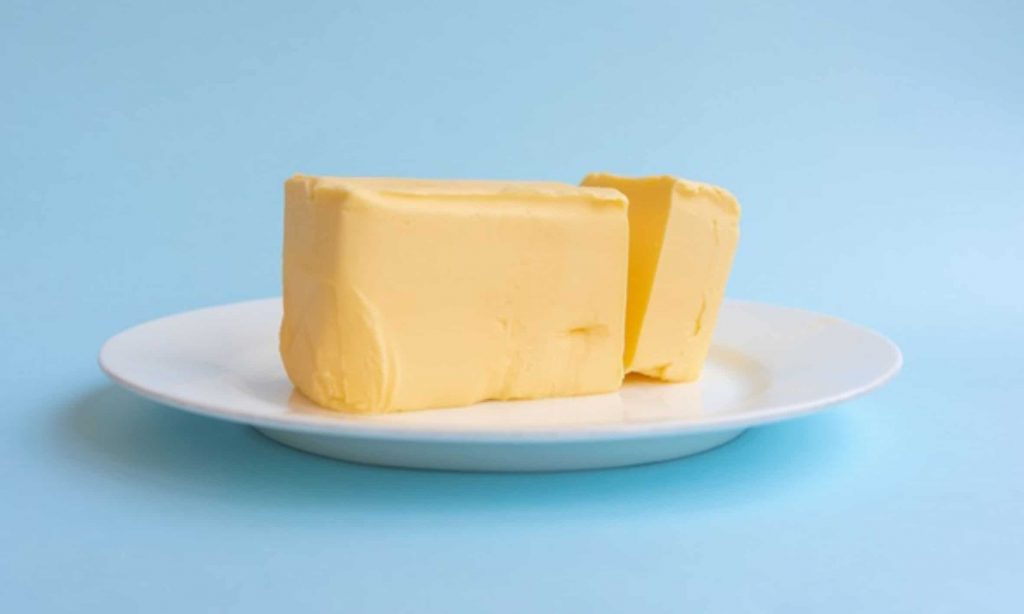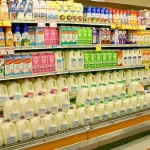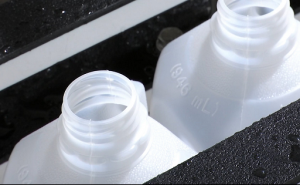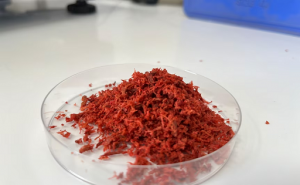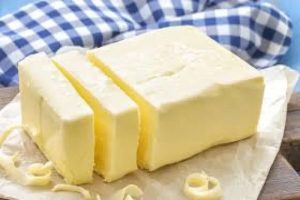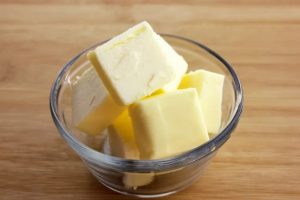
Americans chewed down July butter and cheese inventories. The Agriculture Department’s latest Cold Storage report shows butter holdings on July 31 at 331.6 million pounds, down a bullish 18.2 million pounds or 5.2% from the June inventory. It was revised up 2.3 million pounds. But stocks were 16.5 million pounds, or 5.2%, above those in July 2022.
American type cheese stocks fell to 838.2 million pounds, down 15.3 million or 1.8% from June, and 21.8 million pounds or 2.5% below a year ago.
The “other” cheese category slipped to 627.8 million pounds, down 6.4 million pounds or 1.0% from June, and down 11.5 million or 1.8% below a year ago.
The total cheese inventory stood at 1.49 billion pounds, down 21.7 million pounds or 1.4% from the June total and down 33.2 million or 2.2% from a year ago.
Class I jumps $2.28
The Agriculture Department announced the September Federal order Class I base milk price at $18.90 per hundredweight, up $2.28 from August but $4.72 below September 2022. It equates to $1.63 per gallon, down from $2.03 a year ago. The nine-month average stands at $19.05, down from $23.84 a year ago and compares to $16.41 in 2021.
Culling tops year ago
Incentive remains for dairy cow culling. The latest Livestock Slaughter report shows an estimated 244,200 head were sent to slaughter under federal inspection in July, down 11,500 head from June, but 14,100 or 6.1% above July 2022.
The week ending Aug. 17 saw 61,900 dairy cows go to slaughter, up 1,400 head from the previous week, and 4,300 or 7.5% more than a year ago. Year to date 1,974,600 had been culled, up 108,700 head or 5.8% from a year ago.
Hearing is significant
The Agriculture Department kicked off a hearing last week on market order milk pricing in Indiana. StoneX broker Dave Kurzawski called it “a very significant process,” in the Aug. 28 “Dairy Radio Now” broadcast. The industry told USDA that we need to restructure the way we price milk in this country, he said, and over 20 organizations will make their proposals.
The National Milk Producers Federation called the hearing “a critical moment for dairy’s future,” and following USDA’s initial presentations, the hearing will launch into discussions of specific issues including milk composition; surveyed commodity products; Class III and Class IV formula factors; the Base Class I skim milk price; and Class I and Class II price differentials.
After the hearing’s conclusion, entities involved will have time to respond to the testimony, followed by a USDA draft decision, then more discussion, and ultimately a vote by dairy farmers on a final proposal, likely in the second half of 2024, says NMPF.
Cheese, butter weakens
Cash cheese prices weakened last week as the Cheddar blocks fell to $1.89 per pound Wednesday, lowest since July 27, but closed Friday at $1.9450, down 8.25 cents on the week and 20.50 cents above a year ago.
The barrels finished at $1.80, 0.75 cents lower and 8.25 cents below a year ago. Sales totaled 4 cars of block and 9 of barrel.
The cheese was unchanged Monday but the blocks were up 4.75 cents Tuesday on 2 trades, hitting $1.9925.
The barrels were bid 6 cents higher Tuesday, hitting $1.86, 13.25 cents below the blocks.
Cheesemakers tell Dairy Market News that demand is on par with previous years in mid to late August. Orders are average and inventories are balanced, but moving smoothly. Spot milk at mid-week was at Class to 50 cents over and a number of cheesemakers said they had not been offered any extra milk the past few weeks.
Western cheese demand is strong to steady, weighted more by the blocks. Export demand is moderate to light, with Mexican purchasers showing less hesitation. Milk and cream volumes have tightened throughout the West but cheesemakers are running steady production, according to DMN. U.S. cheese prices remain above global levels and therefore uncompetitive however.
Butter closed last week at $2.67 per pound, down 3 cents, and 41.25 cents below a year ago when it sat at $3.0825. There were 70 sales last week. The highest butter price ever was $3.2675 on Oct. 6, 2022.
The butter was unchanged Monday but lost a nickel Tuesday, falling to $2.62 per pound, lowest since Aug. 4, with 18 loads exchanging hands.
High summer temperatures are permeating a lot of the country, says DMN, but butter plants in the Midwest said cream actually became more available this week. School milk cream spinoff and lighter demand from Class II processors added to the supply and some processors were taking cream from the West. Cream handlers said Labor Day related preparations have already begun.
Cream tightened throughout the West and in some cases is short and or available at increased multiples. Manufacturers report steady to reduced butter output. Retail and food service demand is strong to steady while exports are more bearish as domestic prices are uncompetitive, says DMN.
Grade A nonfat dry milk closed Friday at $1.1050 per pound, unchanged on the week, but 45.50 cents below a year ago. There were 9 sales last week.
Monday’s powder was steady but it inched a quarter-cent lower Tuesday to $1.1025.
Dry whey saw its Friday finish at 28 cents per pound, up a penny on the week but 19 cents below a year ago, on a total of 11 sales.
The whey traded a half-cent higher Monday and stayed put Tuesday, at 28.50 cents per pound, highest since May 17.
Pulse unchanged
Tuesday’s GDT Pulse saw 2.2 million pounds of Fonterra whole milk powder sold, down fractionally from Aug. 22, and at $2,450 per metric ton, unchanged from the last Pulse and the lowest Pulse price ever.
HighGround Dairy stated that “a bearish market outlook persists as plentiful global stocks and minimal demand stymies price growth ahead of the Southern Hemisphere spring flush period.”
